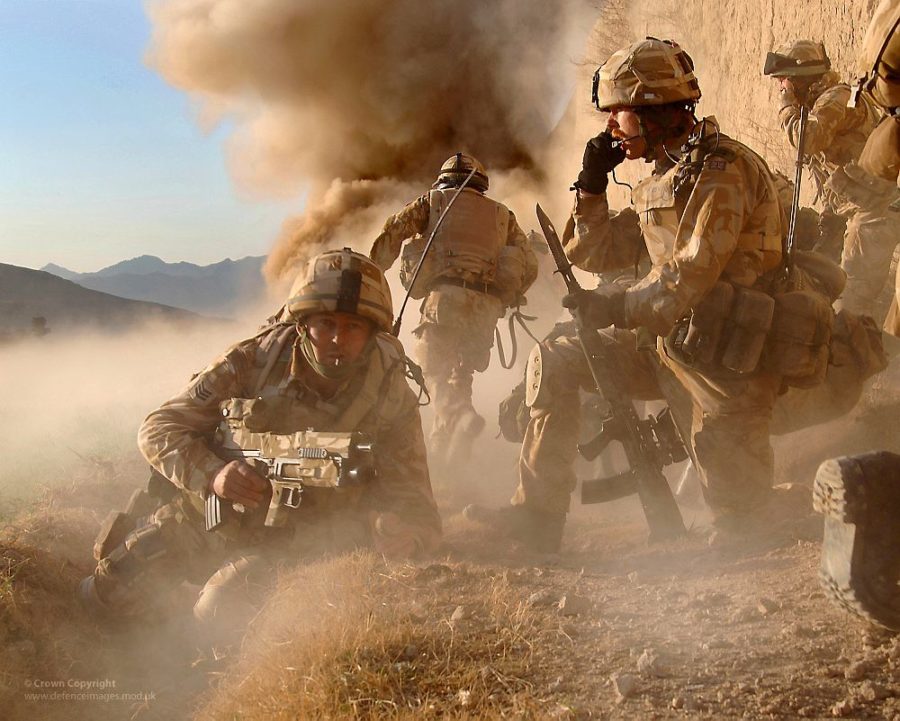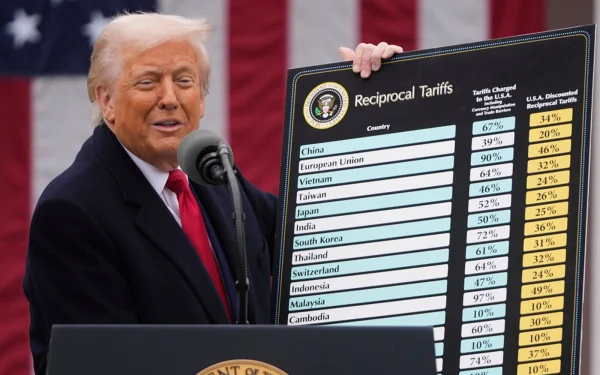America and Afghanistan
The U.S has had a tumultuous history with Afghanistan that is continuing to play out under the Biden Administration.
For the past twenty years, America has been fighting the war with Afghanistan—the lengthiest war in American politics to date. George W. Bush’s administration was characterized by an immense blow to both national pride and security. On September 11th, 2001, the World Trade Center was attacked by terrorist group Al-Qaeda. The catastrophic event left thousands of casualties and hospitalizations in the aftermath of tormentous hijackings and suicide attempts. The September 11 attacks have long been considered the deadliest terrorist launch on American soil. After thorough contemplation and research, President Bush and various intelligence agencies narrowed the culprit down. It was the leader of Al-Qaeda—Osama Bin Laden.
After the 9/11 attacks, President Bush experienced the weight of a nation whose fate was in his hands. The country was looking after its Commander-in-Chief to assert national dominance and retaliate against Afghanistan. The issue of war soon turned into a partisan deal, as Republicans tended to support the conflict, while most Democrats wished to turn to more peaceful alternatives, such as negotiating a potential peace treaty with the nation. Ultimately, Bush saw only one option left—to demand that Osama Bin Laden be handed over to the Americans, but the Taliban refused, despite the national and international fervor to do otherwise. President Bush’s administration felt as though there was no remaining alternative but to engage in war and invaded Afghanistan on October 7th, 2001, stationing armed troops in the country.
An immense portion of initial technology utilized to combat Afghanistani troops were US airstrikes and other war weapons that America’s allies, such as Britain, Canada, Australia, Germany, and France, provided. Initially, the Taliban faced a majority of its most difficult moments in domestic affairs, as the Northern Alliance, a coalition formed against the terrorist group, engaged in ample ground combat. However, as additional countries became globally invested in terminating the terrorists’ desires to overthrow the nation and capturing Bin Laden, forces grew heavier and the battle bloodier.
In December of 2001, Bin Laden, assisted by Mujahideen soldiers, was able to escape to the mountainous, airy refuge of Kabul. Unfortunately, although US intelligence led the world to believe he was indeed in this area, America remained unassertive at this point in its tracking efforts for unknown reasons. Some contemplate it was due to the pressure the White House was under to ensure that the troops were being stationed for a successful outcome. Others speculate that far more methodical planning and logistical networking would be necessary to capture the terrorist group’s mastermind.
The War on Terror soon coupled the combat present in the war with Afghanistan, which led the United States to divert its attention to Saddam Hussein in Iraq. Operation Anaconda was a turning point, leaving two thousand casualties on the American side and propelling the country into rationing troops to avoid more US bloodshed. Soon thereafter, President Bush set his sights on working with Afghanistan instead of against it, claiming that, “‘By helping to build an Afghanistan that is free from this evil and is a better place in which to live, we are working in the best traditions of George Marshall’” (Council on Foreign Relations). What Bush is referring to here is implementing the theology of the Marshall Plan, which provided, in the context of the conflict at the time, foreign aid to Afghanistan to repress terrorist organizations and contain damage, in favor of prospects of a somewhat stable government.
Thereafter, things seemed to be taking a turn for the better for Afghanistan, with a new president, Constitution, and American commitment to ensuring peace within the region. Bin Laden emerged yet again, passing on the bloody torch of war casualties to President Obama. Obama tried to kill two birds with one stone, by both stabilizing Pakistan and containing Afghanistan’s conflict. He stated in the Roosevelt Room that he would “not allow Afghanistan to be used as a safe haven for terrorists to attack our nation again” (White House Archives). The Obama administration oversaw the killing of Bin Laden on May 2nd, 2011.
A back-and-forth commenced between the US and Afghanistan, until American troops were officially withdrawn from the Afghan frontier on May 27, 2014. Although the Taliban staged periodic attacks against the US after the withdrawal, peace talks persisted, which were eventually violated by President Trump. However, upon President Biden’s administration, today, the day this article is being written—May 4th, 2021—marks the first day of the termination of the war with Afghanistan.
The war itself has endured a long history of terrorism, gross violations on human dignity, and consistent combat from both the American and Afghanistani frontier. Ending the war has created massive controversy, with skeptics such as former Secretary of State Hillary Clinton stating that the decision is too rash and must be carried out with careful deliberation. However, President Biden claims to have calculated the risk-assessment for such withdrawal with his intelligence agency and stands by his decision, noting that decisive action will be taken to remedy any escalation in the future.







ur mom • Oct 28, 2021 at 2:53 pm
lol